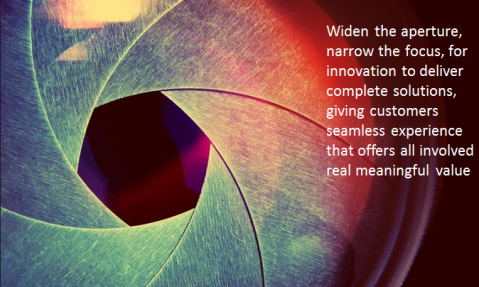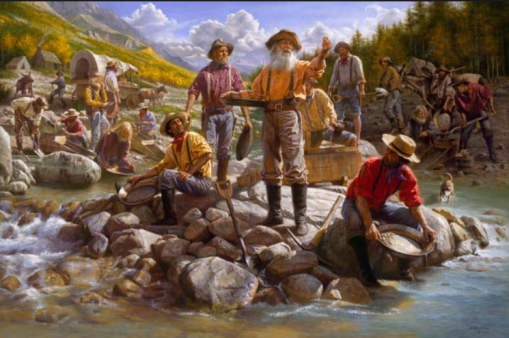 Platforms presently are the new gold rush we in business need to exploit today. They are becoming an essential part in our needs to shift to the new creation of connected value.
Platforms presently are the new gold rush we in business need to exploit today. They are becoming an essential part in our needs to shift to the new creation of connected value.
What is absolutely necessary, is the need to stake out where you believe are your best prospecting chances and for that you need to have a clear vision and plan, as you think through any shift into platform management.
It is a significant transforming decision, full of risk but equally full of real promise.
Different forms of platforms have been around for years, even centuries, where people came together, traded in goods and knowledge. The significant transformation taking place around exploiting technology and digital management has made ecosystems and platforms a mainstream prospecting need in most of our businesses today.
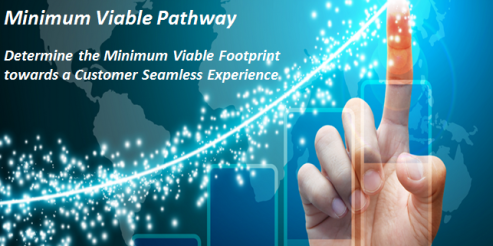 Throughout our blog posts about innovation, ecosystems and platforms, we’ve maintained one core theme: incremental, discrete product innovation will not create significant new revenues or disrupt markets.
Throughout our blog posts about innovation, ecosystems and platforms, we’ve maintained one core theme: incremental, discrete product innovation will not create significant new revenues or disrupt markets.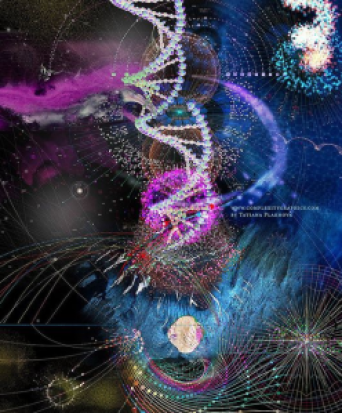
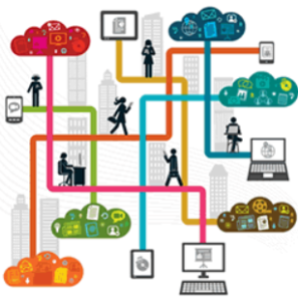 Through our discussions about innovation, ecosystems and seamless experiences we’ve highlighted the fact that 1)
Through our discussions about innovation, ecosystems and seamless experiences we’ve highlighted the fact that 1) 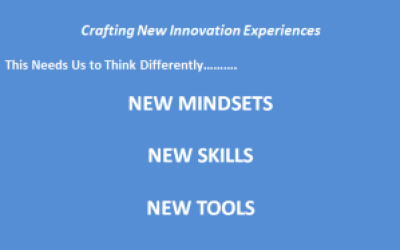 Our belief is that customer demand is changing. This will have a significant impact on the way organizations will have to adapt and change their innovation approaches in the future.
Our belief is that customer demand is changing. This will have a significant impact on the way organizations will have to adapt and change their innovation approaches in the future.